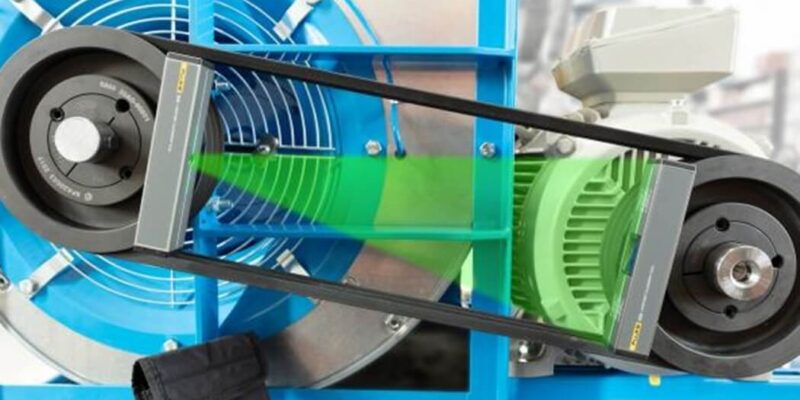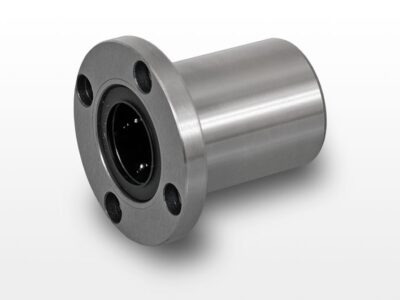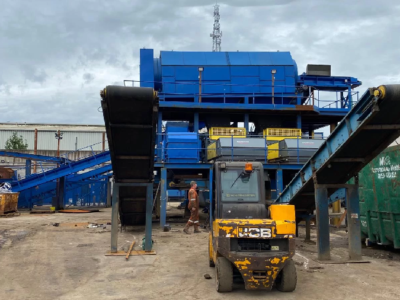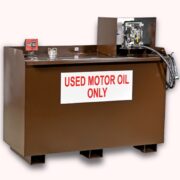Pulley laser alignment is an important yet unacknowledged part of working in the industrial setting. As these small devices play a large part in moving and hosting almost every item or container, they must be installed and operating correctly to manage the full load. If you regularly work with industrial equipment, you know about the dangers of this misalignment. These elements can waste time and energy without the correct orientation, making the whole process slower. Read on to see the misalignment you might be forced to deal with in an industrial setting. Then, we can help you understand the importance of these devices.
Vertical Angle Misalignment
When a pulley has an angular issue that stems from the incorrect positioning of a machine, it’s said to have a vertical angle or twisted misalignment. An issue that can usually be fixed by lifting the front or rear feet of the motor being used to power the system. Nevertheless, before the motor can be lifted, it’s essential to find out exactly what is causing the vertical angle issue so that the proper adjustments can be made. Without fixing the route cause of the misalignment, it will surely happen again and again with the constant stopping of the work process. Correction also helps to stabilise loads and secure all elements along the way, creating less wear on each component that plays a part in lifting and moving.
Horizontal Angle Misalignment
In the case of a horizontal angle misalignment, the motor driving your system and the unit being driven are not positioned parallel to one another. This skewed tension can cause an array of further problems. This misalignment results from your motor or other applications being positioned incorrectly and usually, as such, can cause added wear on one side of the system. Operating under these circumstances can create the most likely situation for snapping chords and cables due to increased friction. You can often correct this by moving your motor’s front or rear feet forward or back, depending on the horizontal angle you are dealing with. Larger adjustments may require a greater effort. You can accurately analyse your system with exact measurement tools to ensure you don’t move anything more than needed. These tools can help you see the exact offset and adjust it to suit the system.
Parallel Misalignment
While both vertical and horizontal angle misalignment can be complex, parallel misalignment is much simpler in most cases as it still applies the right forces to the system. It occurs when the motor for a pulley is either too far back or too far forward, causing the motor to be in the wrong place. It can be fixed relatively quickly by changing the motor’s position to align the system more effectively. When you can quickly and effectively assess this misalignment, you can reduce the downtime and get back to work in no time. Effectively managing these issues enhances maintenance and reduces potential machine breakdowns that could hinder your work. When working within the industrial sector, you need to maintain a consistent and reliable workflow, which cannot be done when you have components breaking down or not running ideally. Having the right laser tools to precisely measure your misalignment is majorly beneficial to your business, letting you assess, adjust and correct any issues before they cause a further breakdown.
Laser pulley alignment is a solution that ensures every system is running optimally and not causing excess wear and tear. Having the right tools to assess these systems and devices ensures you can reduce breakages and downtime, increasing your business’s ability. In addition, using the best and most precise tools to measure your misalignment gives you more data to work with and allows you to drive your system most effectively. Contact us today to find out more about these solutions.











